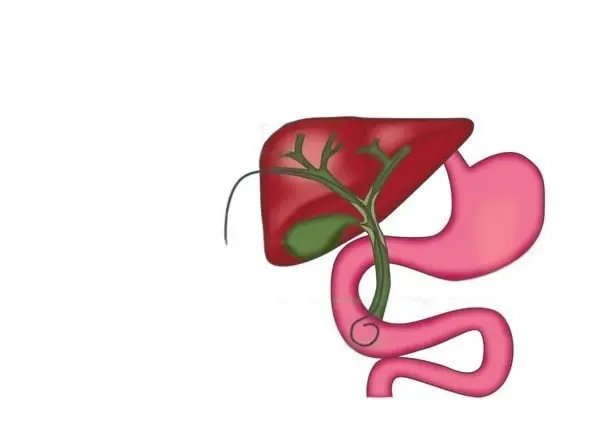PTC and Hepatic Interventions
Comprehensive Guide to PTC and Liver Interventions

What is Percutaneous Transhepatic Cholangiography (PTC)?
Percutaneous Transhepatic Cholangiography (PTC) is a minimally invasive procedure used to diagnose and treat bile duct obstructions. It involves inserting a thin needle through the skin into the liver to visualize the bile ducts using contrast dye and imaging techniques. PTC also enables therapeutic interventions like stent placement or bile drainage to relieve blockages caused by conditions like tumors, gallstones, or strictures.
Key Differentiators
- Direct visualization of bile ducts through contrast imaging
- Simultaneous diagnostic and therapeutic applications
- Effective relief of bile duct obstructions
- Minimally invasive with quick recovery
Indications
PTC is commonly used for:
- Diagnosing bile duct obstructions
- Relieving jaundice caused by bile flow obstruction
- Managing strictures or leaks in the bile ducts
- Inserting stents or drains to restore bile flow
- Biopsy of bile ducts or liver tissue
Causes and Risk Factors
Conditions that may require PTC include:
- Cholangiocarcinoma: Cancer of the bile ducts.
- Gallstones: Stones blocking bile flow.
- Biliary strictures: Narrowing of the bile ducts from surgery or trauma.
- Liver metastases: Tumors compressing bile ducts.
- Biliary infections: Conditions like cholangitis.
Procedure Overview
PTC is a safe and effective procedure performed by an interventional radiologist. Key steps include:
- Preparation: Patients undergo imaging tests and blood work to assess liver function and rule out infections.
- Needle Insertion: A needle is inserted through the skin into the liver under ultrasound or fluoroscopic guidance.
- Contrast Injection: Contrast dye is injected into the bile ducts to visualize obstructions or abnormalities.
- Treatment: If necessary, stents or drains are placed to restore bile flow or relieve blockages.
Risks and Complications
While generally safe, PTC may involve the following risks:
- Bleeding or infection at the puncture site
- Bile leakage into the abdomen
- Allergic reaction to the contrast dye
- Damage to the liver or bile ducts
- Rarely, sepsis or severe infections
Recovery and Follow-Up
Post-procedure recovery involves:
- Hospital Observation: Patients are monitored for 24-48 hours to check for complications.
- Drain Care: If a bile drain is placed, proper care and regular follow-ups are essential.
- Lifestyle Adjustments: A low-fat diet and avoiding alcohol can support liver health.
Regular imaging and follow-ups are crucial to ensure the stent or drain remains functional and to monitor for recurrence of blockages.
Conclusion
Percutaneous Transhepatic Cholangiography (PTC) is a highly effective procedure for diagnosing and treating bile duct obstructions. With its dual diagnostic and therapeutic capabilities, PTC provides immediate symptom relief and improves quality of life. Early detection and timely intervention are key to successful outcomes.